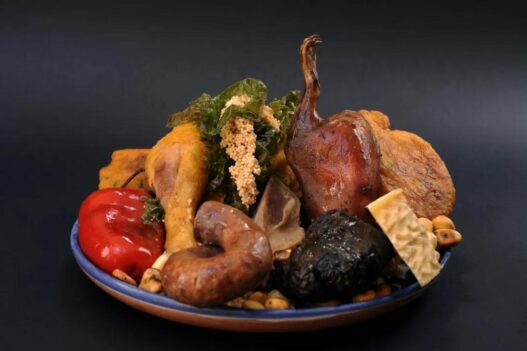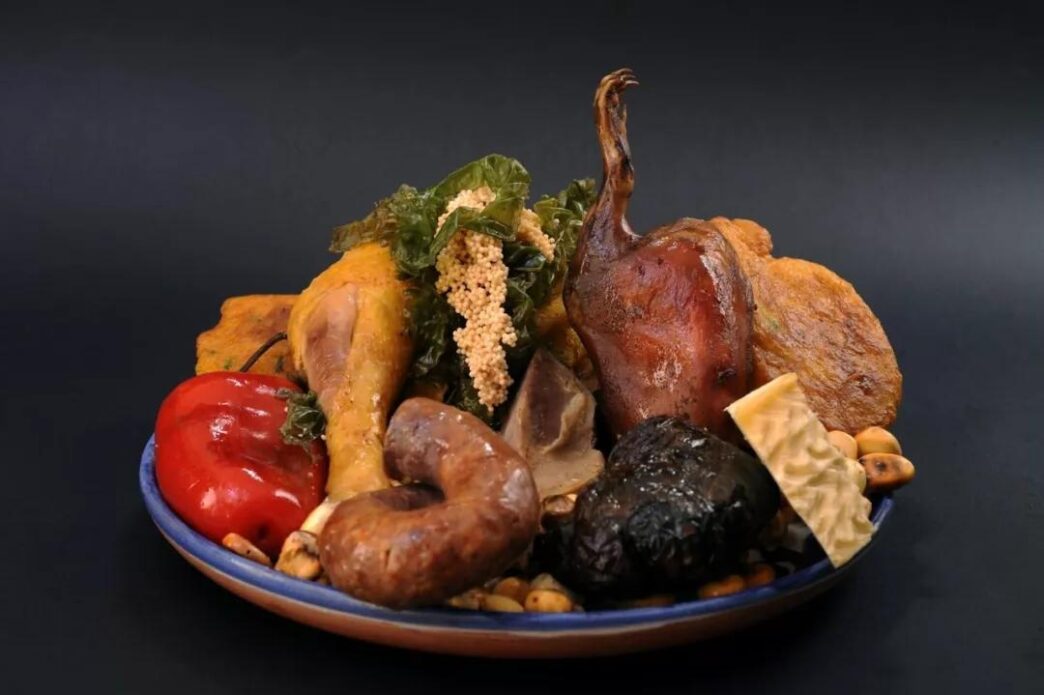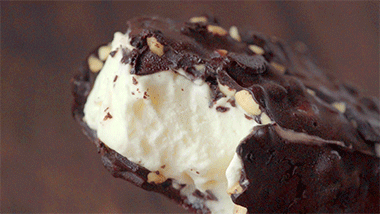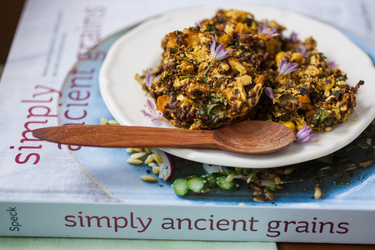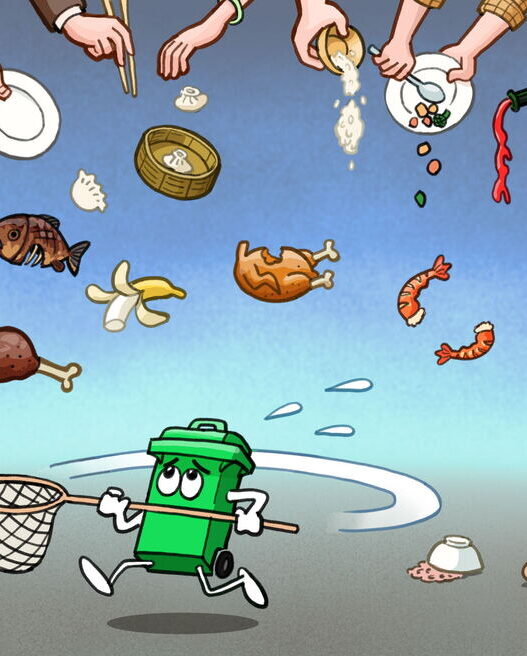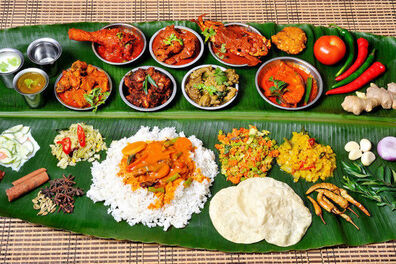A Culinary Adventure Like No Other
Peru is a land of rich culture, stunning landscapes, and… some of the most unusual foods you’ll ever encounter. From the Andes Mountains to the Amazon Rainforest, Peruvian cuisine offers a mix of flavors and textures that can be both fascinating and intimidating. Here’s a countdown of Peru’s top 10 most bizarre foods—how many would you dare to try?
10. Bizarre Foods:Grilled Beef Heart (Anticuchos)
Even for those who enjoy offal, beef heart isn’t a common choice. In Peru, this dish has its roots in colonial history when African immigrants turned to beef heart as a protein source. Grilled on skewers over charcoal and topped with a tangy Peruvian sauce, it’s now a beloved street food.
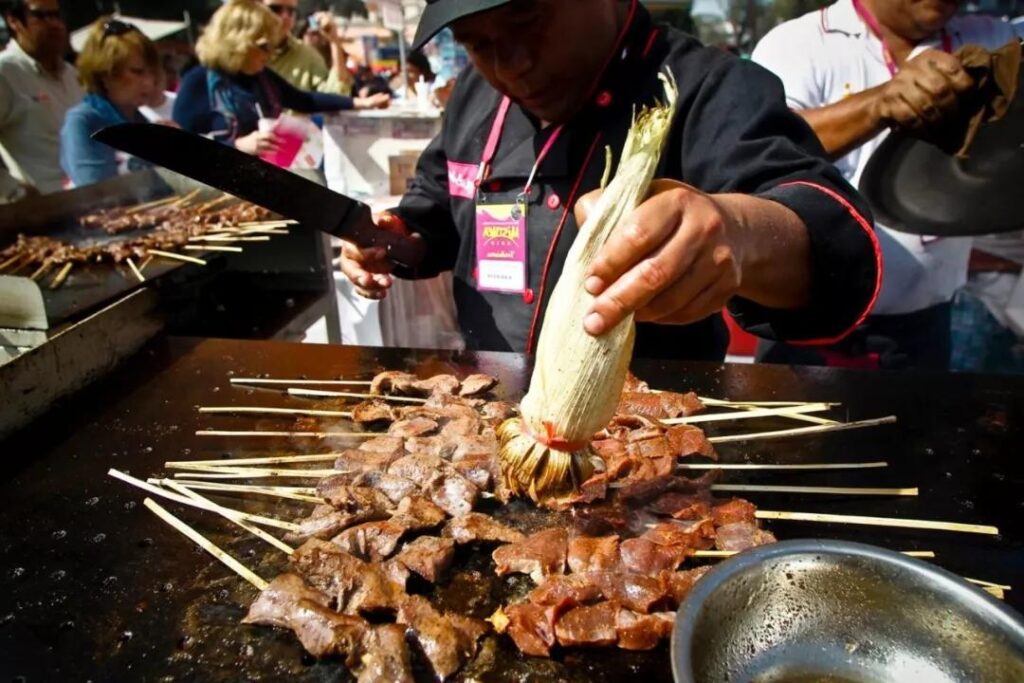
Where to Try:
Head to Grimanesa, a famous restaurant in Lima, to taste this dish in a more upscale setting.
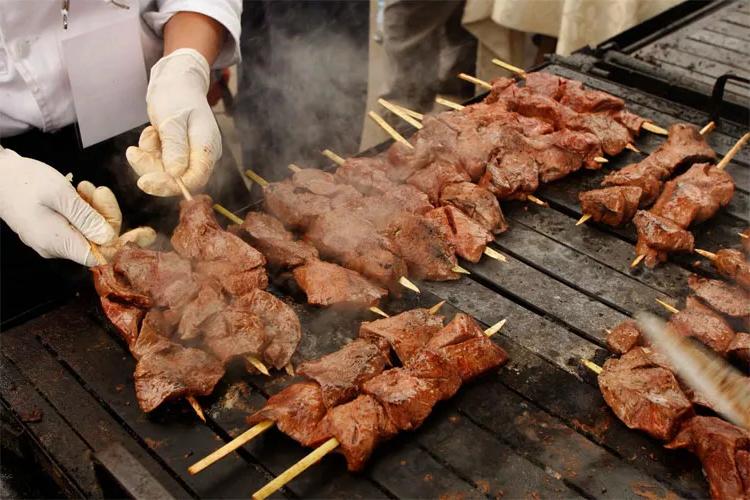
9. Bizarre Foods:Piranha
Yes, the infamous fish with razor-sharp teeth is also a delicacy in the Amazon. Piranhas are smaller than you might expect, but their teeth are a dead giveaway. Grilled to perfection, they offer a surprisingly satisfying meal.
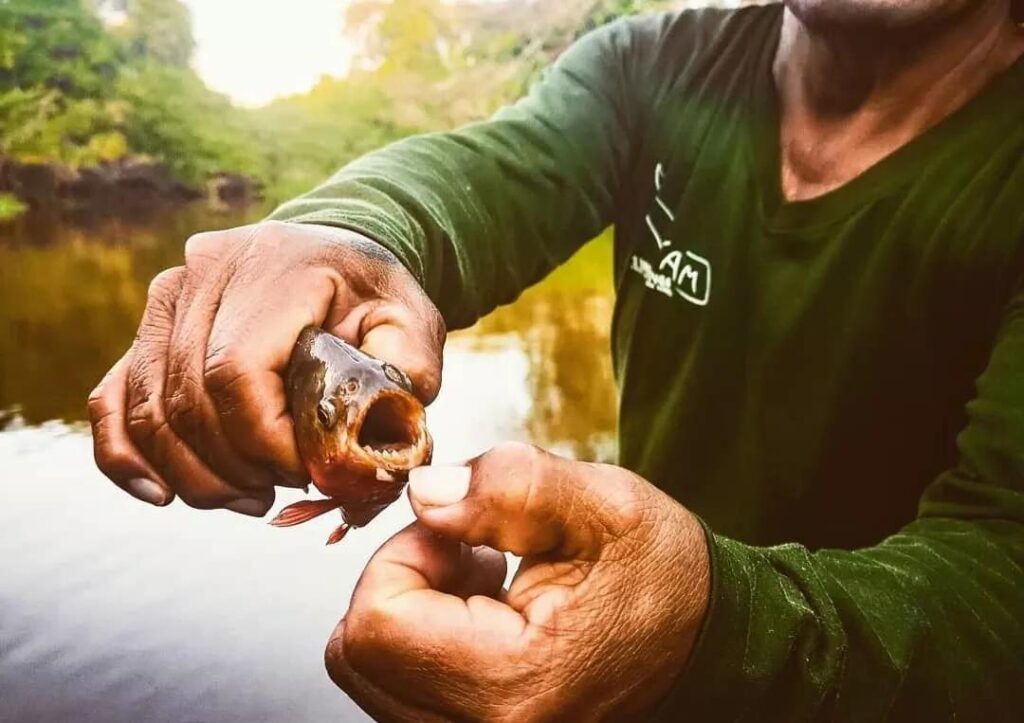
Where to Try:
Join an Amazon rainforest tour, especially during the dry season (June to November), for a chance to catch and eat your own piranha.
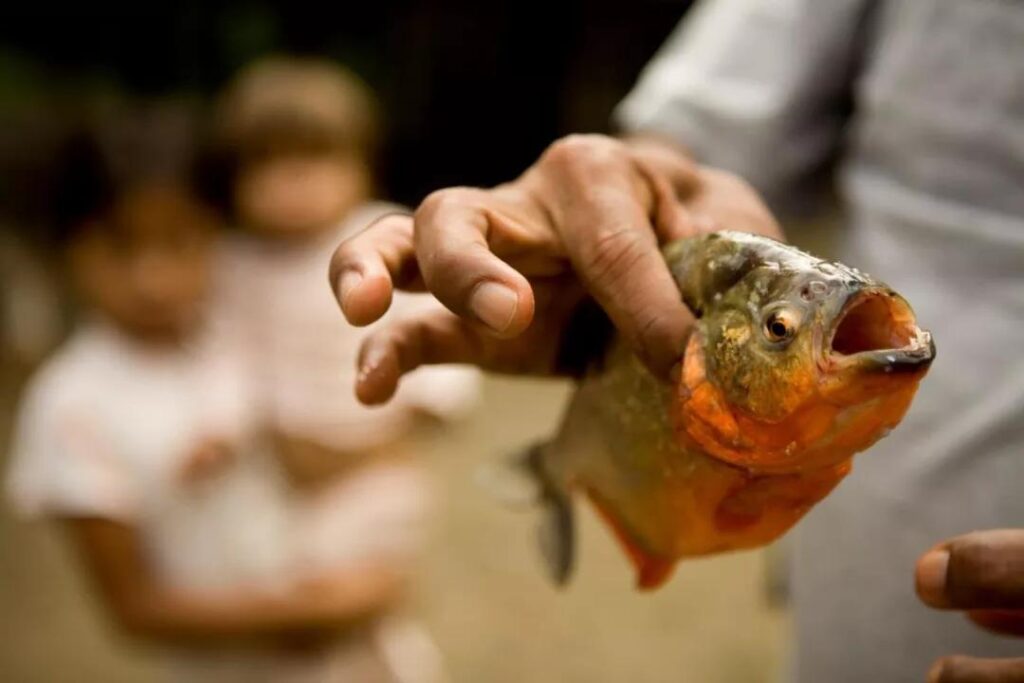
8. Bizarre Foods:Palm Heart (Palmito)
Don’t let the idea of eating tree cores fool you—palm heart is a delicacy. Harvested from the inner core of certain palm trees, it’s fat-free, cholesterol-free, and sugar-free. Served as a salad with olive oil, it’s a healthy and refreshing dish.
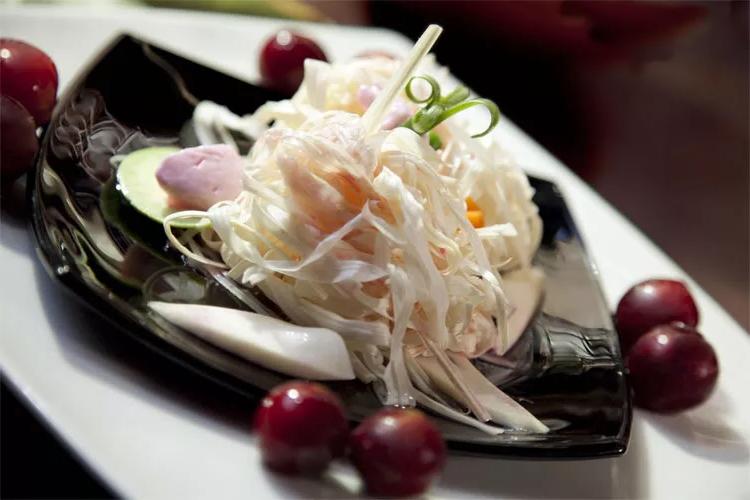
Where to Try:
Look for it in Amazonian resorts and restaurants.
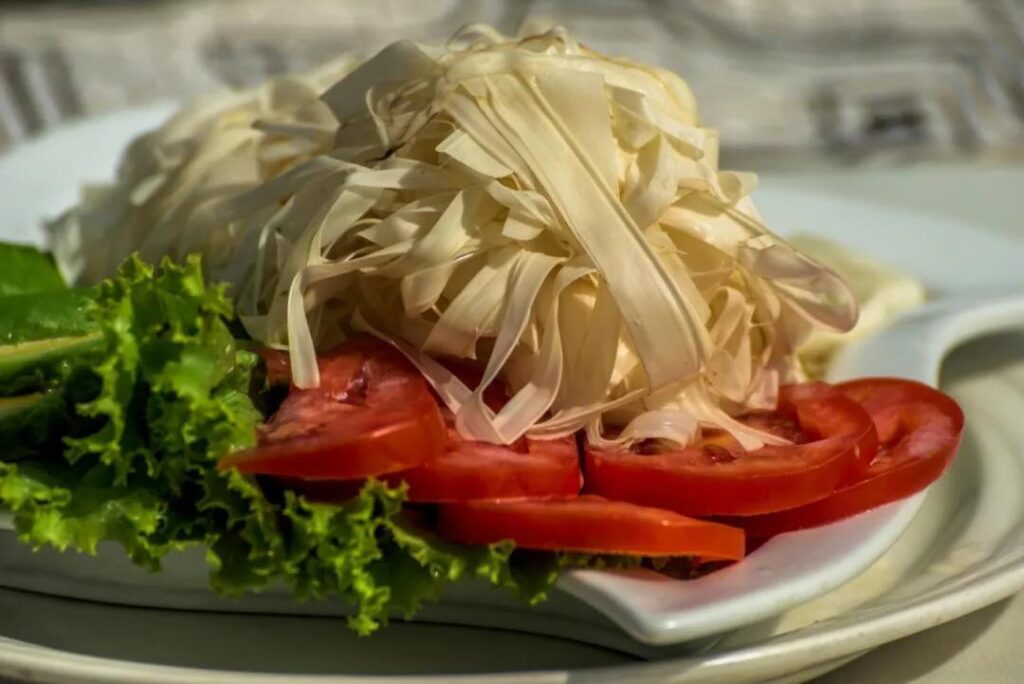
7. Bizarre Foods:Alpaca
Alpacas may be internet-famous for their cuteness, but in the Andes, they’re a common source of meat. Lean and flavorful, alpaca meat is less gamey than lamb and less fatty than pork. It’s often grilled or roasted.
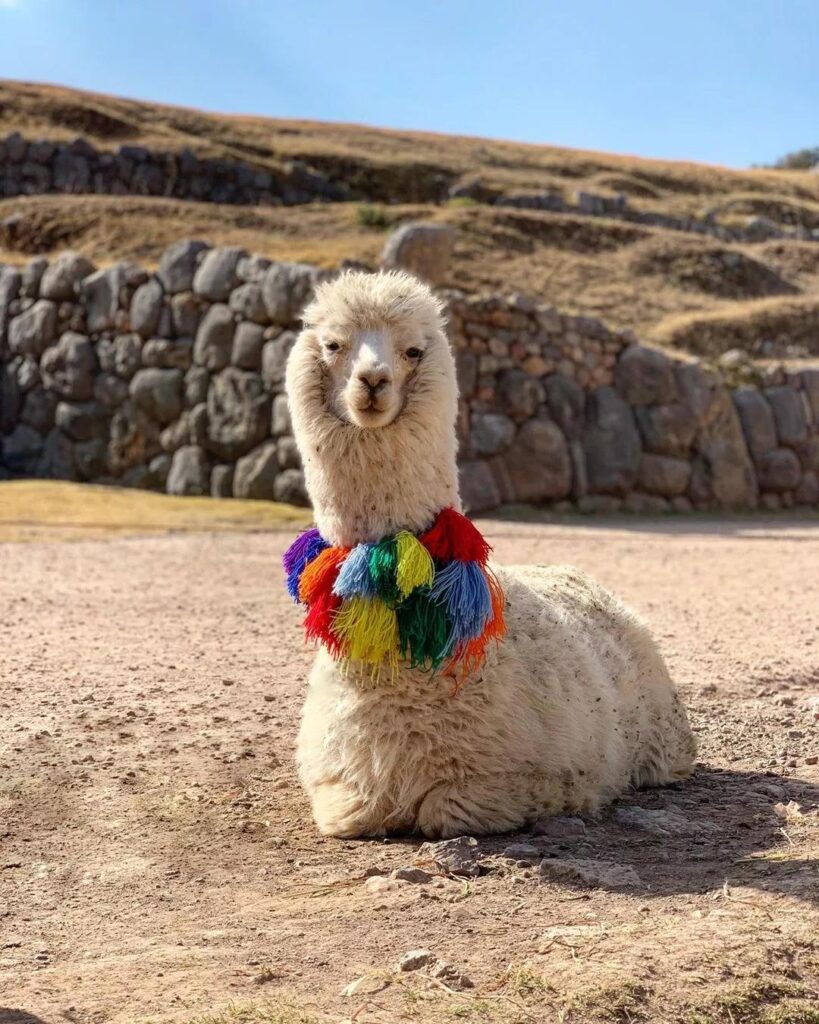
Where to Try:
After visiting Machu Picchu, stop by a restaurant in Cusco for a taste of grilled alpaca.
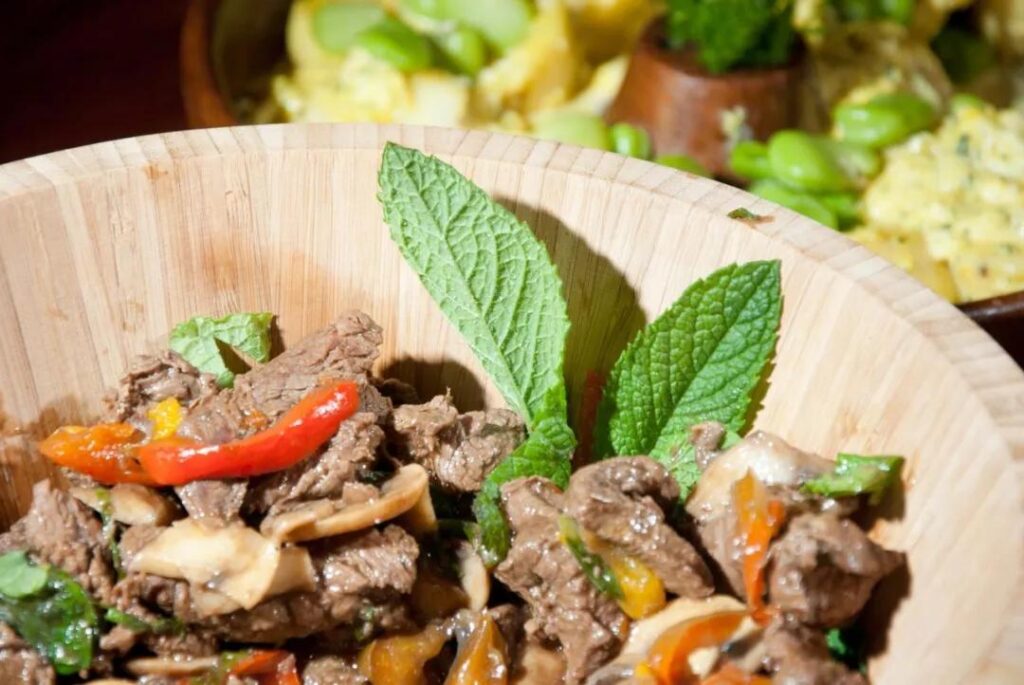
6. Bizarre Foods:Guinea Pig (Cuy)
Before they became pets, guinea pigs were a staple in Andean diets. Roasted to crispy perfection, they’re a traditional dish that’s been sustaining locals for thousands of years.
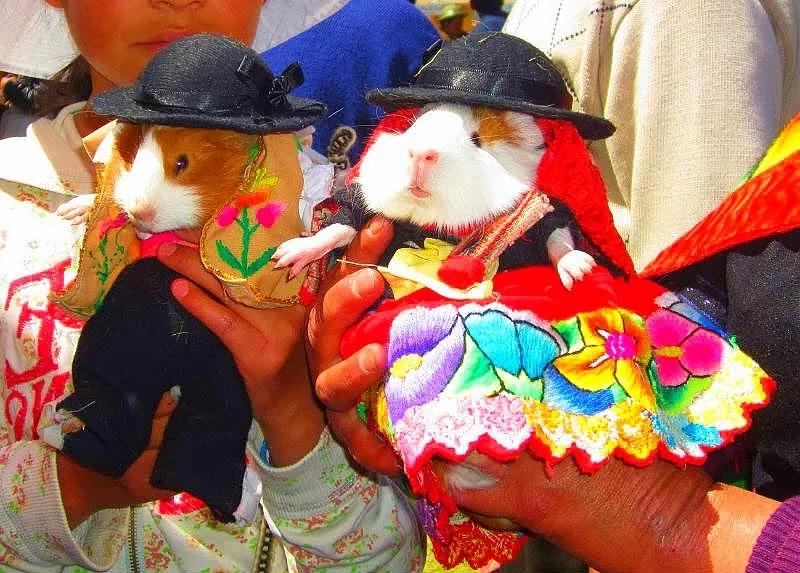
Where to Try:
Guinea pig restaurants are common in the Andes, often served with sides like corn and potatoes.
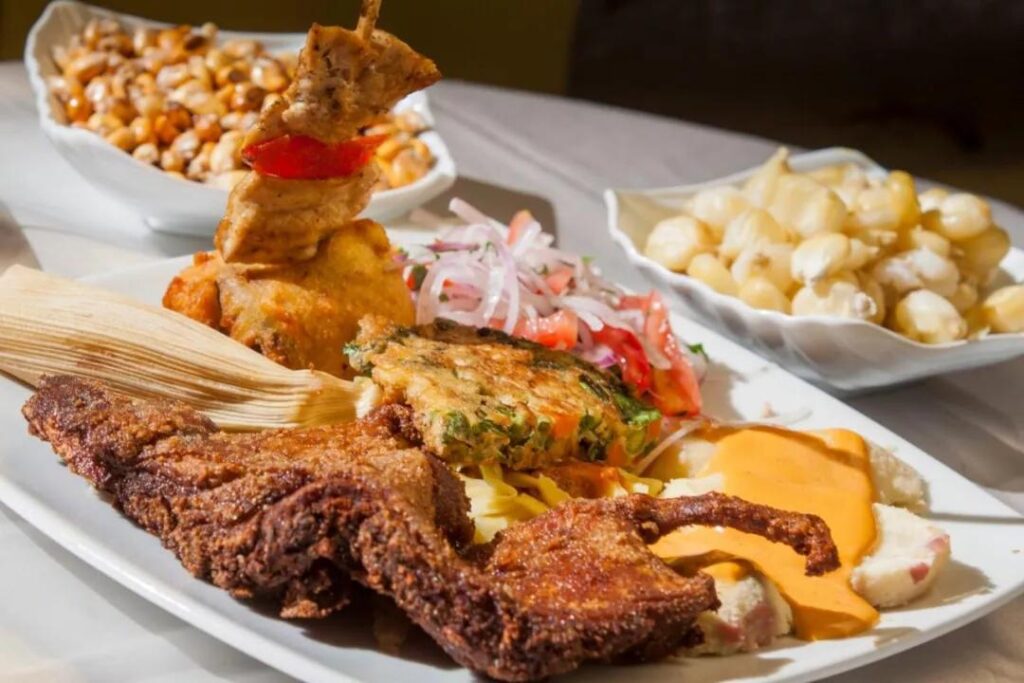
5. Bizarre Foods:Goat Head Soup
This dish is not for the faint of heart. A steaming bowl of goat head soup comes with the head intact, complete with teeth and all. It’s a hearty, if unsettling, meal.
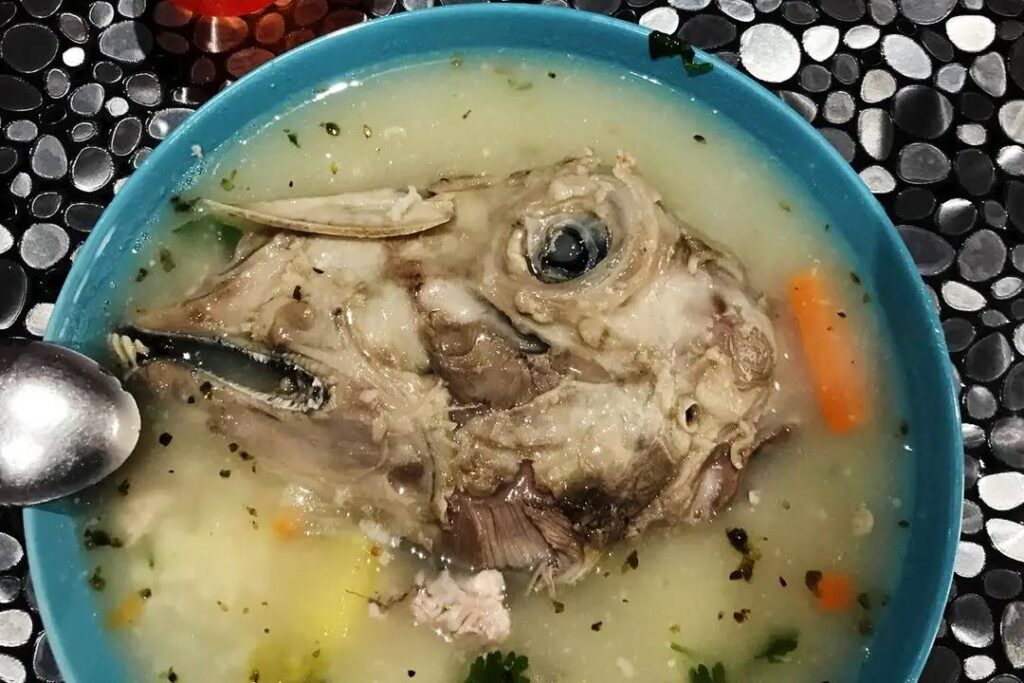
Where to Try:
Popular in highland regions like Puno and Cusco.
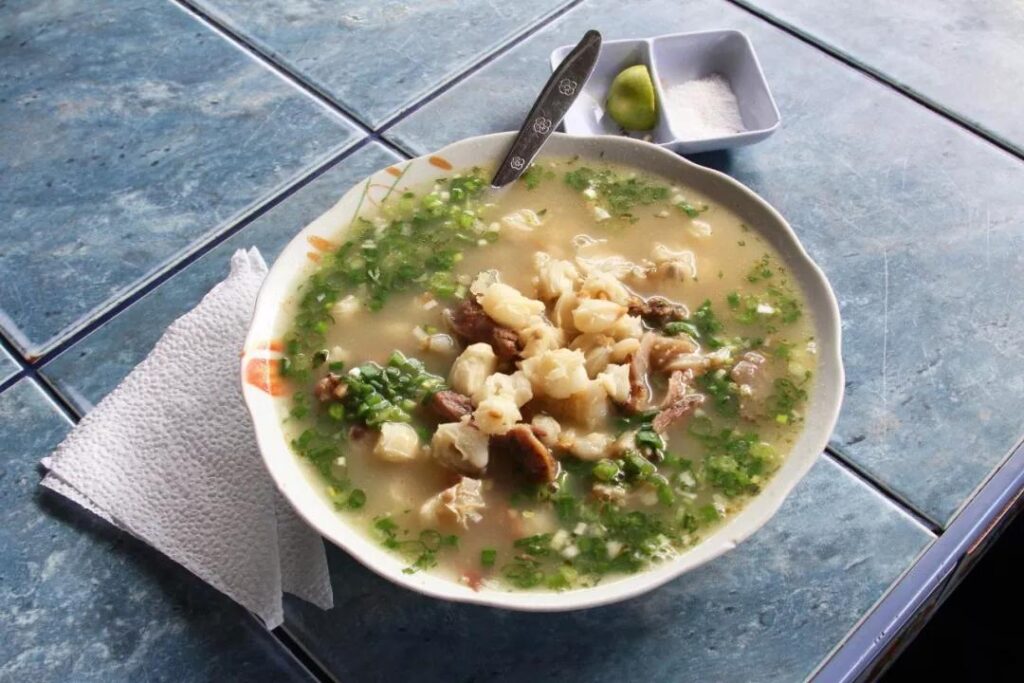
4. Bizarre Foods:Giant Amazonian Snails
Forget French escargot—these snails are massive, about half the size of an adult hand. A key protein source for indigenous communities, they’re often stewed with plantains and garlic.
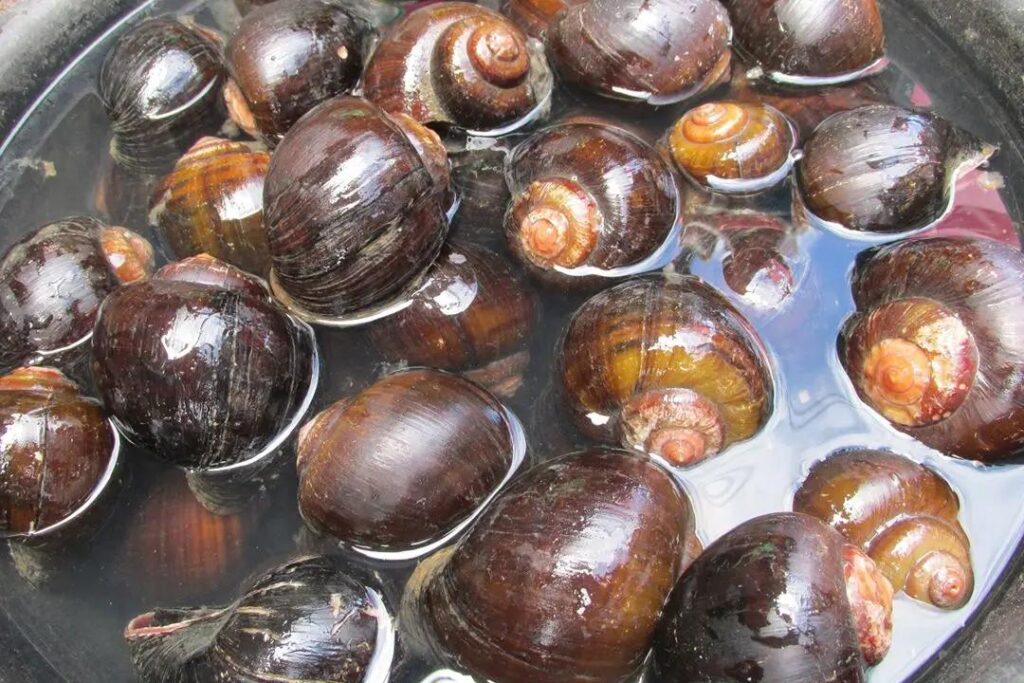
Where to Try:
Look for them in markets or restaurants in the Amazonian town of Iquitos.
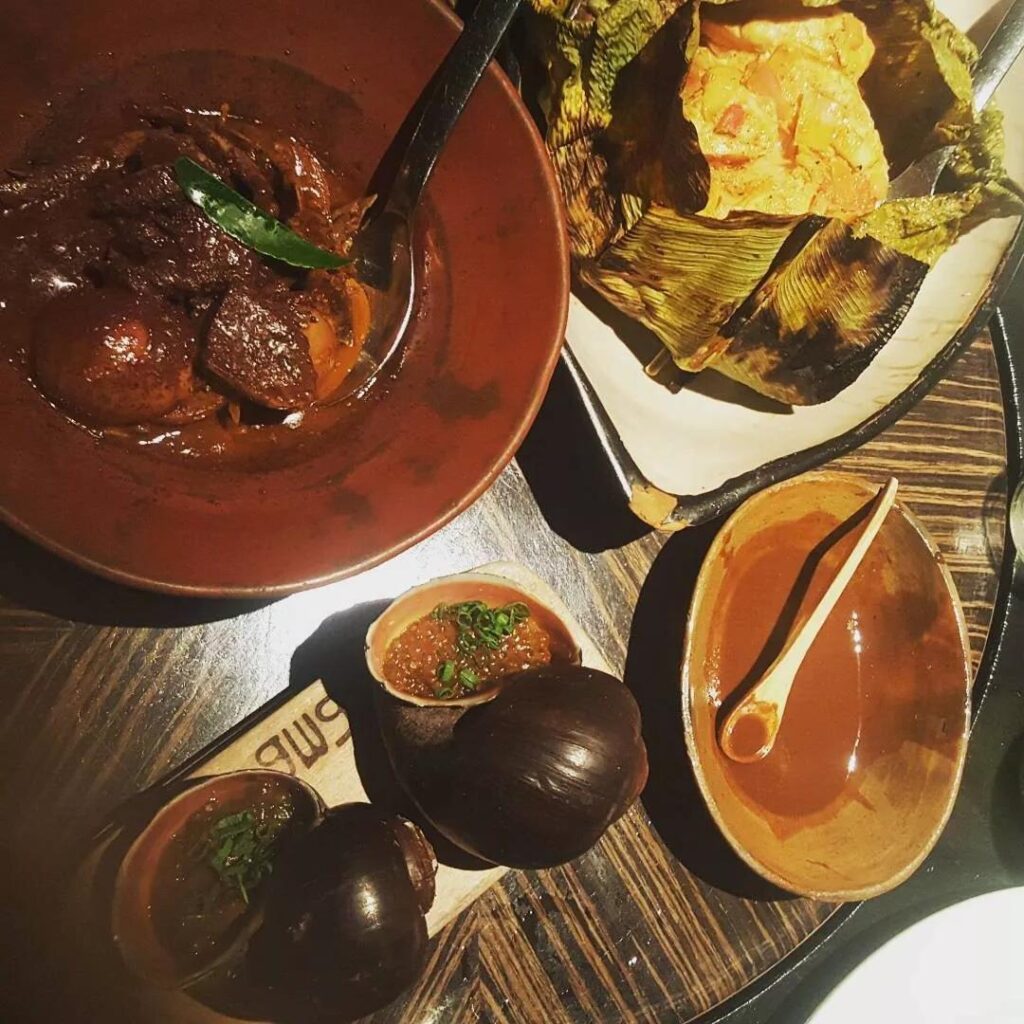
3. Bizarre Foods:Leafcutter Ants
These crunchy critters are roasted and eaten as a snack in the Amazon. They taste similar to pork cracklings, with an earthy aftertaste.
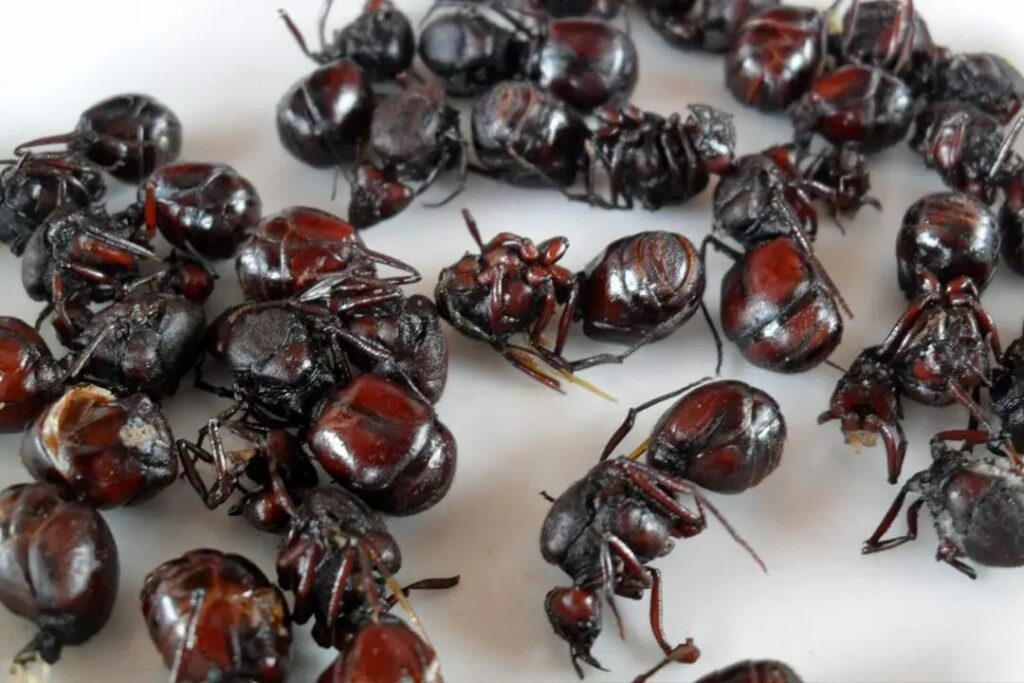
Where to Try:
Visit Amazonian markets between October and November to find them.
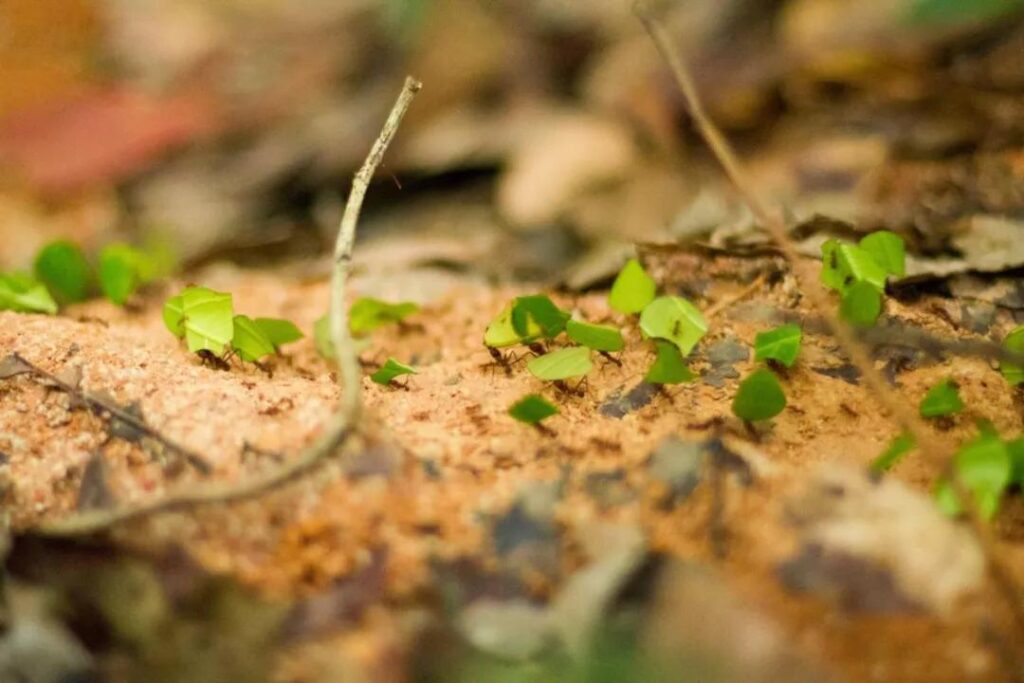
2. Bizarre Foods:Edible Clay (Chaco)
Yes, people in Puno actually eat clay. Mixed into a sauce with potatoes and cheese, it’s believed to have medicinal properties, aiding digestion and treating ulcers.
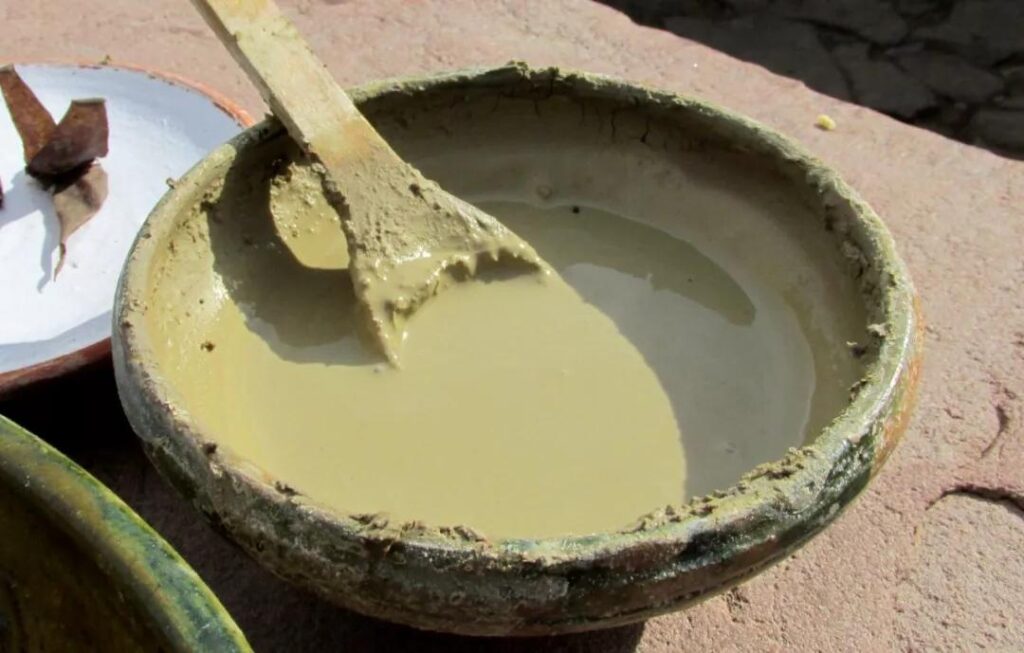
Where to Try:
You won’t find it on menus, but you might spot locals eating it in Puno communities.
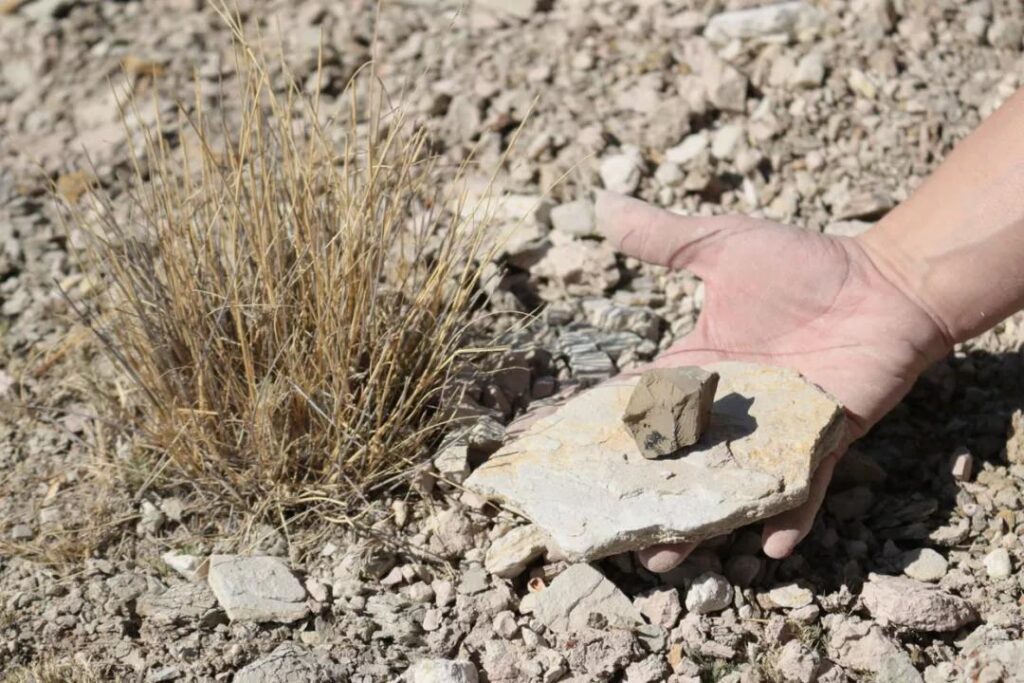
1. Bizarre Foods:Palm Weevil Larvae (Suri)
Topping the list is the infamous palm weevil larva, a protein-packed snack in the Amazon. Eaten raw or grilled, these wriggly critters are a true test of culinary bravery.

Where to Try:
Amazonian markets often sell them skewered and grilled—just don’t ask how they’re prepared!
Conclusion: Dare to Explore
Peruvian cuisine is as diverse as its landscapes, offering everything from the familiar to the downright bizarre. Whether you’re a daring foodie or just curious, these dishes provide a unique glimpse into Peru’s rich culinary heritage. So, how many of these would you dare to try?





